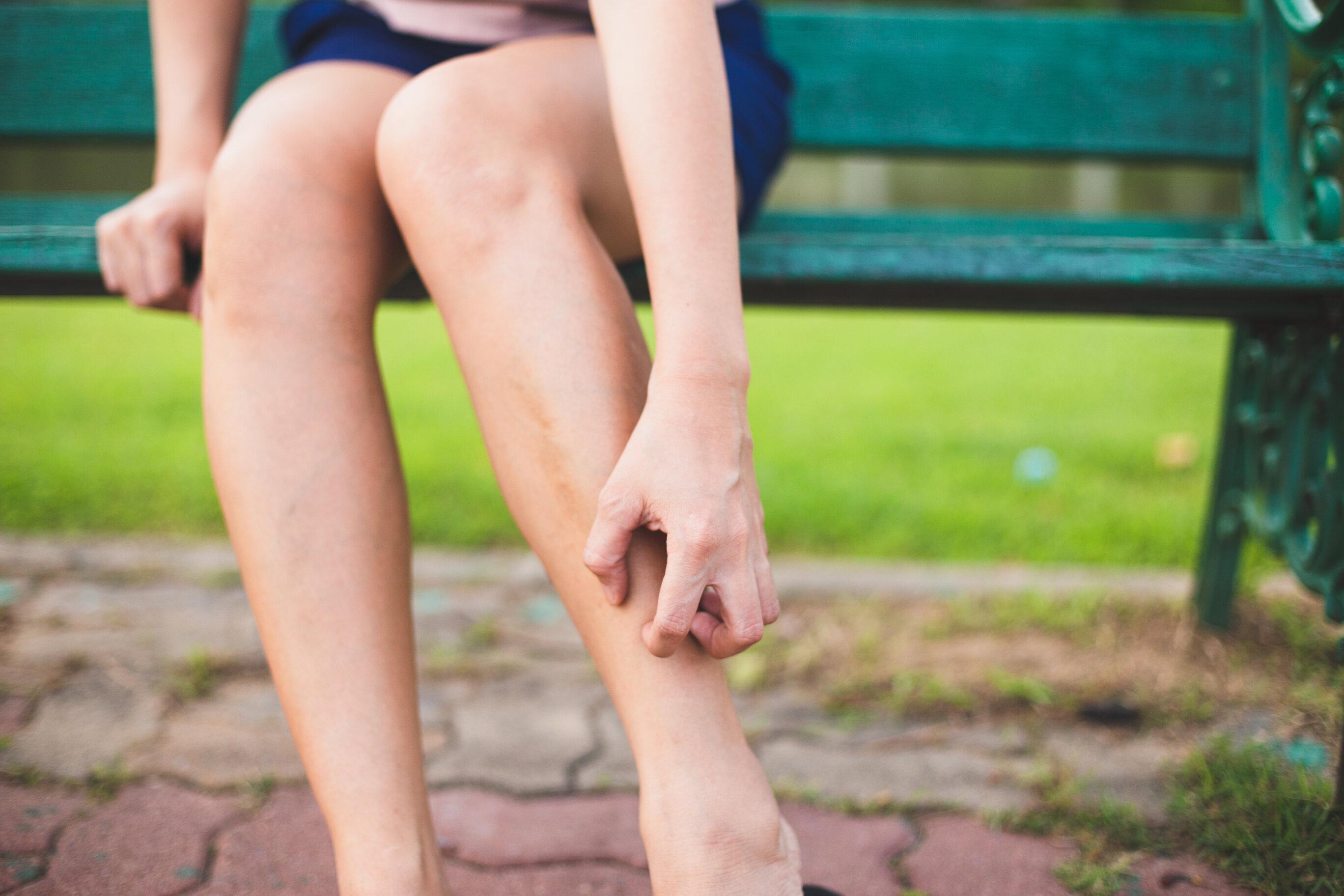Tramadol is a prescription medication commonly used to manage moderate to severe pain. It is classified as an opioid analgesic, but unlike other opioids, it has a unique mechanism of action that affects both opioid receptors and neurotransmitters in the brain. While effective for pain relief, tramadol can sometimes cause side effects, including itching. If you’re experiencing itching from tramadol, understanding the causes and exploring ways to find relief can help you manage this uncomfortable symptom.
Understanding the Cause of Itching
Itching, or pruritus, is a common side effect of various medications, including tramadol. There are several reasons why tramadol may cause itching:
Histamine Release:
Although tramadol is not typically associated with significant histamine release like some other opioids, it can still trigger histamine release in sensitive individuals. Histamines are chemicals in the body that contribute to allergic reactions and can cause itching and rashes.
Allergic Reaction:
In some cases, itching could be a sign of an allergic reaction to tramadol. Allergic reactions can range from mild symptoms, such as itching and rash, to more severe manifestations, including swelling, difficulty breathing, and anaphylaxis.
Dry Skin:
Opioids, including tramadol, can sometimes cause dry skin as a side effect. Dry skin can become itchy and uncomfortable, particularly if the skin is not adequately moisturized.
Opioid Effects:
Opioids can have a range of effects on the skin and sensory nerves. While tramadol is considered a less potent opioid, it may still cause sensations of itchiness due to its interaction with opioid receptors in the body.
Strategies for Relieving Itching
If you’re experiencing itching from tramadol, here are some strategies to help relieve the discomfort:
Consult Your Healthcare Provider:
The first step in managing itching caused by tramadol is to consult with your healthcare provider. They can evaluate your symptoms and determine whether the itching is a result of tramadol or another underlying issue. Your provider may adjust your dosage or switch you to a different medication if the itching is severe or persistent.
Use Antihistamines:
Over-the-counter antihistamines, such as cetirizine or loratadine, can help alleviate itching caused by histamine release. These medications can reduce itching and discomfort by blocking histamine receptors in the body. However, consult your healthcare provider before combining antihistamines with tramadol to ensure safety and avoid potential drug interactions.
Apply Moisturizers:
If dry skin is contributing to itching, using a moisturizer can help soothe and hydrate your skin. Look for hypoallergenic, fragrance-free moisturizers that are designed for sensitive skin. Applying these regularly, especially after bathing, can help prevent dryness and reduce itching.
Avoid Hot Water:
Hot water can exacerbate itching and dry out the skin further. Opt for lukewarm baths or showers and use mild, non-irritating soaps. Avoid prolonged exposure to water, which can strip the skin of its natural oils.
Wear Soft, Loose Clothing:
Tight or rough clothing can irritate the skin and make itching worse. Choose soft, breathable fabrics like cotton, and avoid clothing that rubs against your skin. This can help reduce friction and irritation.
Stay Hydrated:
Drinking plenty of water helps keep your skin hydrated from the inside out. Staying well-hydrated can improve overall skin health and may help reduce itching caused by dryness.
Consider Alternative Pain Management:
If itching is a significant issue, and other strategies aren’t providing relief, discuss alternative pain management options with your healthcare provider. They may suggest different pain medications or treatments that are less likely to cause itching.
Monitor for Other Symptoms:
Keep track of any other symptoms that accompany the itching, such as rash, swelling, or difficulty breathing. If you experience severe symptoms or signs of a serious allergic reaction, seek medical attention immediately.
Avoid Scratching:
Scratching can worsen itching and potentially lead to skin infections or damage. Instead, try to distract yourself or use soothing techniques, such as applying a cold compress or taking a cool bath.
Use Anti-Itch Creams:
Over-the-counter anti-itch creams containing ingredients like hydrocortisone or calamine can provide temporary relief from itching. These creams work by reducing inflammation and soothing the skin.
Conclusion
Itching from tramadol can be an uncomfortable side effect, but there are several strategies to manage and relieve it. By consulting with your healthcare provider, using antihistamines, applying moisturizers, and taking other preventive measures, you can help reduce itching and improve your overall comfort. If the itching persists or is accompanied by other concerning symptoms, it’s important to seek medical advice to ensure that your treatment plan is appropriately adjusted to meet your needs.

